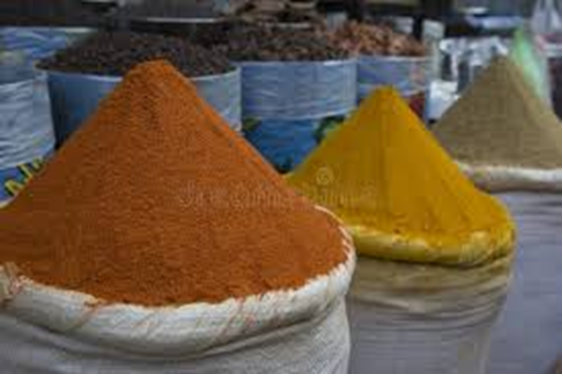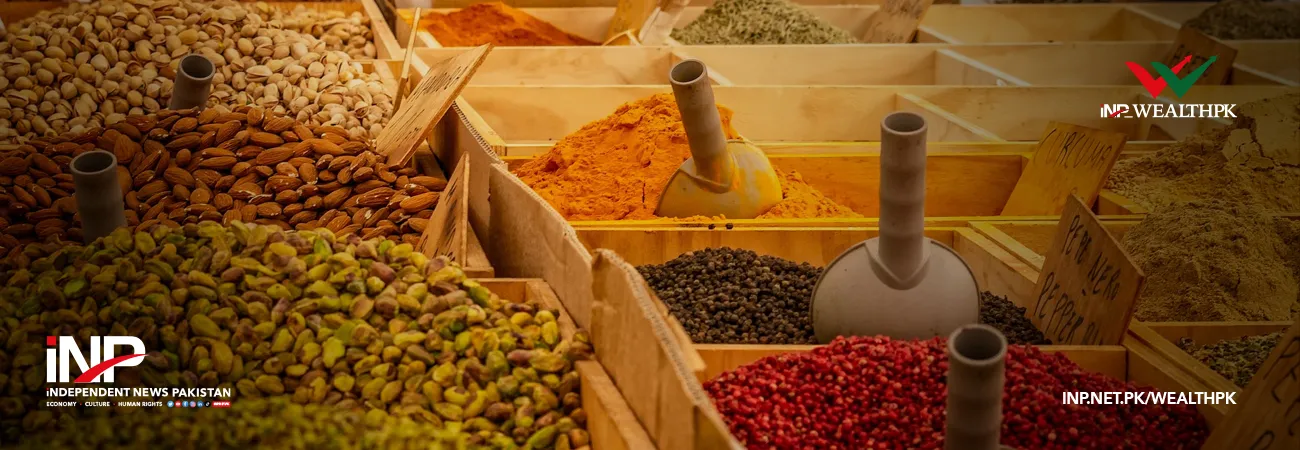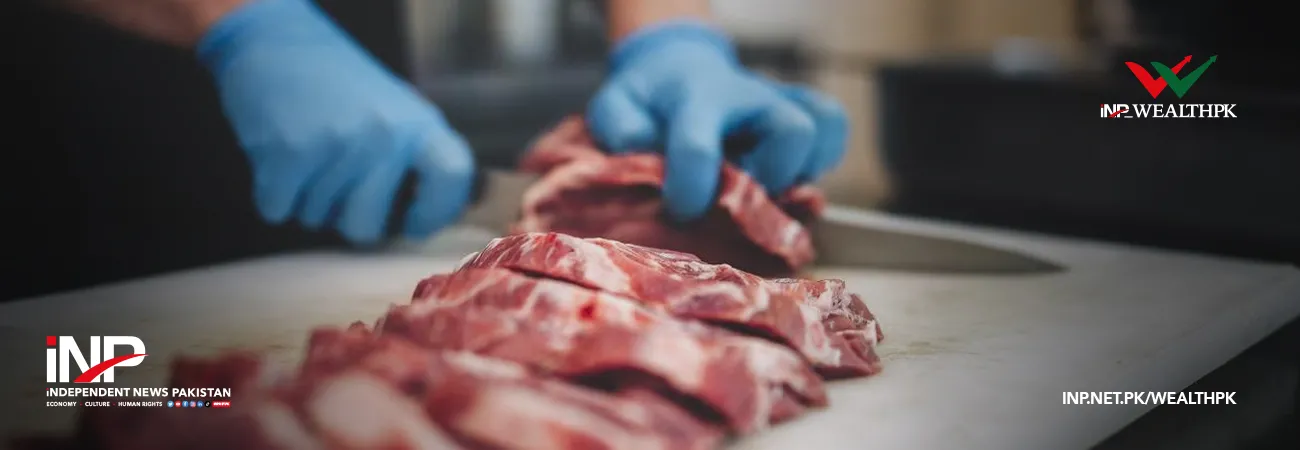INP-WealthPk
Muhammad Luqman
Located in the walled city of Lahore, Akbari Mandi stands as one of South Asia’s oldest and most vibrant wholesale markets. Dating back to the Mughal era, this historic marketplace has evolved from a caravanserai hub into Pakistan’s largest wholesale center for spices, grains, pulses, and dry fruits.

The market is divided into various sections dealing in different commodities — from red chilies of Sindh’s Kunri town to Basmati rice of Punjab, from dry dates of Balochistan to lentils imported from Canada and Australia. Prices negotiated here often set the trend for retail rates across the country. Despite the advent of modern trade hubs and online commerce, Akbari Mandi remains a trusted platform where business is done on reputation, long-standing relationships, and handwritten ledgers. Named after the 16th century Mughal emperor Jalaluddin Muhammad Akbar, Akbari Mandi reflects centuries of trade and cultural heritage.
The market continues to function as a critical artery in the country’s supply chain, catering to retailers, industrial buyers, and exporters nationwide. With narrow lanes packed with traders, porters, and loader rickshaws, Akbari Mandi pulses with activity from dawn to dusk. The most visited part of the market is the spice bazaar. The strong aroma of spices at the Delhi Gate entrance to Akbari Mandi is a giveaway that you're entering one of Asia's largest spice markets. The scent of exotic spices and herbs wafts through the air, tantalizing your senses and setting the tone for an immersive experience.
All sorts of spices can be seen carefully, perhaps even artistically, piled up in the steel pots in the open. This allows customers to test the samples before buying the product. Despite being a location of great historical significance, absence of any informational plaques or signage makes it difficult for new visitors to figure out if it’s a relatively new addition to the space outside Delhi gate or a centuries’ old market.
The market is also currently facing sanitation and parking issues, which not only make it difficult for visitors to navigate through the streets, but are also pose a serious problem for shopkeepers and residents in the monsoon season. Just a couple of years ago, donkey carts were used for transportation of commodities to and from the wholesale market. Now, they have been replaced by motorcycle-driven loader rickshaws.
“Despite the replacement of animal-driven carts by automobiles, the problem of traffic jams is still there. The government has to take administrative measures,” Salahuddin Butt, former chairman of Lahore Sugar Dealers Association, told WealthPK. He said the traffic issue could be resolved by shifting the wholesale and spice markets to some peripheral area of the city. Taking notice of the worsening situation in the market, the Walled City Authority has entered into an agreement with Aga Khan Cultural Services for the rehabilitation of the historic Akbari Mandi.
Aga Khan Cultural Services-Pakistan officials told WealthPK that after the completion of the pilot project, Lahore is going to have Pakistan’s first state of the art spice market that would be modeled after the world’s renowned spice bazars. The major spice markets in the world are Dubai Spice Souk, Mercado Benito Juárez, Mexico, Rahba Kedima. Marrakech, Morocco, Mısır Çarşısı Istanbul, Turkey and Khari Baoli in Delhi. Officials said the spice market pilot project has been started opposite Shahi Hammam near Delhi gate and it is going to be completed within 15 months. The business community has welcomed the Punjab government’s initiative, but has also called for similar projects to be introduced in other sections of Akbari Mandi, such as the grain market.
“The rehabilitation should cover the entire market, not just a small portion,” said Tahir Saqlain, President of the Lahore Kiryana Merchants Association. Talking to WealthPK, he said the government’s step would help improve both traffic flow and sanitation conditions in the food market.
Credit: INP-WealthPk













